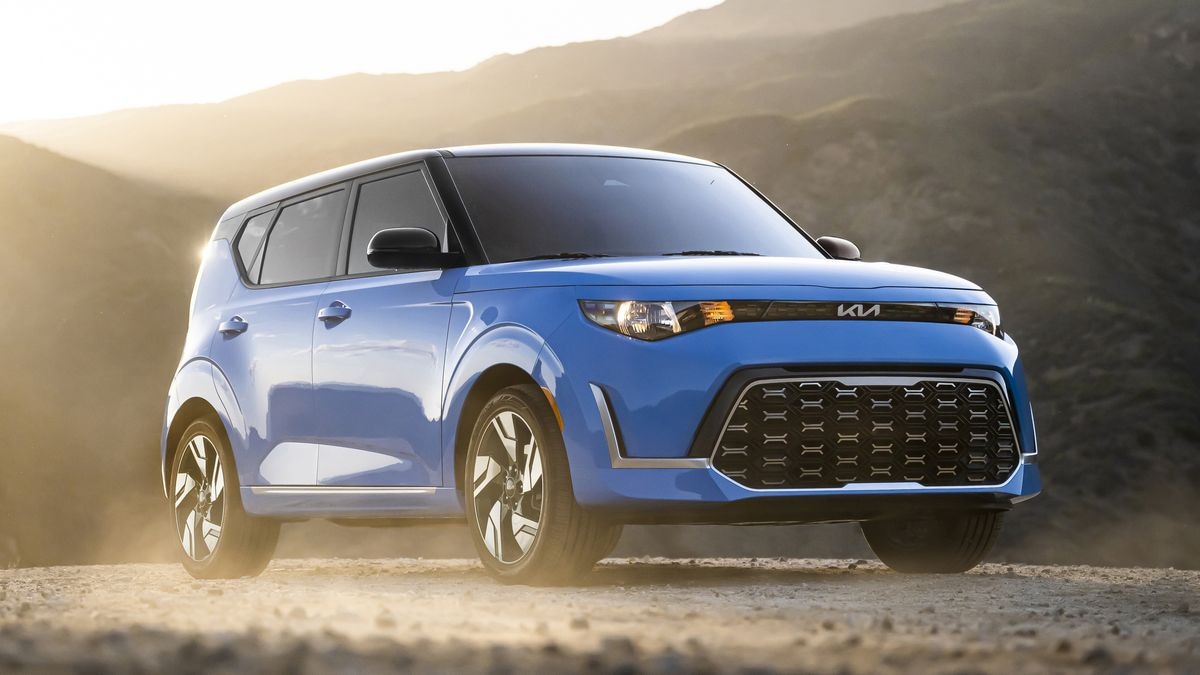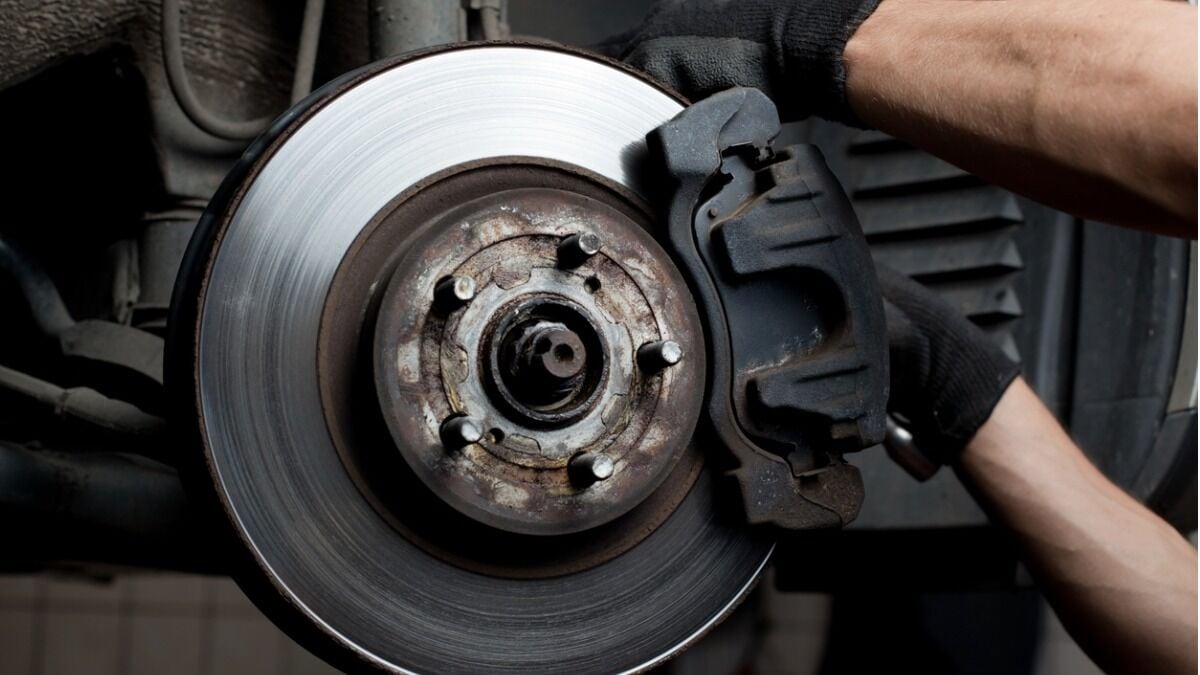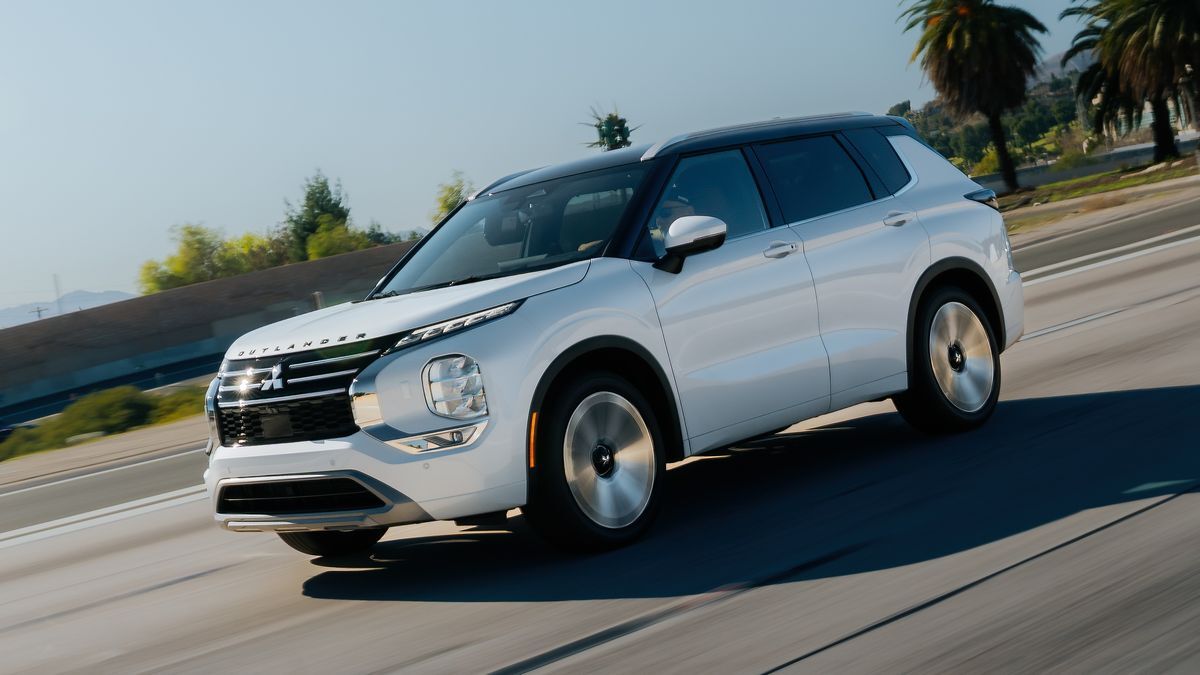
With the coming demise of the Cadillac CTS-V as the division’s performance flagship, GM’s luxury division announced that it is now taking preorders for that model’s larger successor, the 2019 Cadillac CT6-V. The chief selling point of the CT6-V is its handbuilt Blackwing V8. This twin-turbo 4.2-liter engine will deliver 550 horsepower and 627 lb-ft of torque in the full-size luxury sedan.
Pricing of the 2019 CT6-V will start at $88,790. It’s expected to arrive in dealerships in mid-2019 and Cadillac said only 275 preorders will be accepted for the U.S. market.
“The 2019 CT6-V marks the expansion of the V-Series sub-brand and is the proof point of Cadillac’s commitment to build high-performance vehicles as we continue our product offensive,” said Steve Carlisle, president of Cadillac. “Fans of Cadillac will see high-performance variants across our portfolio.”
Cadillac CT6-V buyers are entitled to tuition and luxury accommodation at the 2-day Cadillac V-Performance Academy at Spring Mountain Raceway outside Las Vegas, Nevada.
While Cadillac is touting the performance of the V8-powered CT6-V, GM president Mark Reuss announced that the division will become a lead provider of electric vehicles for the corporation. During the reveal of the 2019 Cadillac XT6 3-row crossover SUV in Detroit, Reuss showed a rendering of Cadillac’s first full EV crossover which is expected to debut 2021 after the current round of new vehicle introductions are completed over the next three years. Among those new vehicles will be a redesigned Escalade, and new CT4 and CT5 replacements for the ATS and CTS.
Resale values climb
High transaction prices, in part fueled by lower incentives and the shift from sedans to more costly crossovers, are predicted to help boost resale values over the next several years. What that means is that even if you pay more for your new vehicle, you won’t necessarily have greater costs of ownership since you’re more likely to recoup that higher upfront outlay in better resale or trade-in values.
Kelley Blue Book’s Best Resale Value Awards, which will be given out next week at the National Automobile Dealer’s Association’s annual convention, show a big jump in 5-year resale values as a result of these trends. Using 2019 vehicles as a baseline, KBB is predicting that the average unit will return 38.8 percent of its original value after 60 months. That’s a big jump from last year’s predicted retained value of 33.1 percent. That average gain of 5.7 percent is predicated on a higher value for used cars, which will see their values jump 6.1 percent. The steep decline of new sedan sales over the past three to four years means there will be fewer used models in the marketplace in the years ahead, driving up values.
Overall car sales are expected to bottom out between 2021 and 2022, which figures into the higher values for sedans in the January 2022 timeframe and beyond.
Inventories stable
The strong sales performance closing out the 2018 calendar year has resulted in January inventories being at nearly ideal levels. The 62-day average is within a day or two of the monthly averages over the past six years and 60 days’ supply is considered the right number to have on hand. The days’ supply is the number of days it would take to move all vehicles in inventory at the current sales rate.
The day’s supply has dropped by 11 from December to January as a result of strong holiday promotions that helped push the year’s sales total over the 17-million mark, according to Automotive News. Both car and truck inventories stand at 62 days, the first time in nearly two years that both segments were at the same levels.
As has been the case, Subaru has the tightest supply of any brand on the market, with just 26 days, followed by BMW and Audi, both with 37, Infiniti at 40 days and Land Rover with 42. Brands with the largest inventories were headed by Fiat with a 194 days’ supply, followed by Volkswagen at 129, Mitsubishi at 109 and Mini with 102 days’ worth.
Cutbacks in sedan production have caused tighter supplies of these vehicles even though they have been selling at slower rates. That means there is less of an inclination to reduce prices or put big incentives on these vehicles. For example, the Chrysler 300 and Ford Fusion stand at respective 41- and 47-days’ supply, well below the ideal number of 60. Acura, which has redesigned the ILX, has seen that vehicle’s supply number drop to 28. On the other hand, the Buick LaCrosse and Regal are relatively abundant with days’ supply figures of 223 and 176, respectively.
More mobility=less sales
Retail auto sales in the U.S. could drop as much as 29 percent as alternatives to traditional vehicle ownership becomes more accessible and affordable, decreasing the amount of miles consumed by personally owned vehicles, according to the Cox Automotive Evolution of Mobility Study. Cox Automotive is the parent of Kelley Blue Book.
The cost of automobile ownership continues to be a major issue for many Americans, with nearly half of consumers surveyed believing car ownership is too expensive. Consumers are open to exploring new transportation methods versus owning with more than one- third (36 percent) of respondents interested in reducing the number of vehicles they own in the next five years.
“Bottom line: the smart, new alternatives to car ownership will have an impact on retail car sales in the future,” said Isabelle Helms, vice president of research and market insights at Cox Automotive. “As with any consumer product, awareness, accessibility and cost will be the main drivers. Consumers are open to finding alternatives to traditional car ownership. As new solutions are introduced, consumers, particularly the Millennials and Gen Z, may move away from the traditional avenue of personal vehicle ownership.”
The study estimated the current cost of ownership at 50 cents per mile. Mobility scenarios where alternatives are widely available at a cost of 60 cents per mile suggested that given the relative similarity of costs between the two could lead to a reduction of new vehicle retail sales by as much as 29 percent. At the same time, fleet sales to companies offering mobility services would likely increase, thereby offsetting the decrease in retail activity.
The rundown
BMW has taken the wraps off its all-new sedan flagship, which is expected in April. Get the early details on the 2020 BMW 7 Series in this First Look.
The 2019 North American International Auto Show has wrapped up in Detroit. It’s the last January show there as it goes on hiatus until June 2020.
As truck popularity hits new highs, the timing is right for Kelley Blue Book’s 2019 Full-Size Pickup Truck Comparison Test. We pit the Ford F-150, Chevrolet Silverado and Ram 1500 against each other.
In the market for a new car? Explore these useful tips on how to get the best deal:
Kelley Blue Book’s Complete Guide to Incentives
All you need to know about leasing







